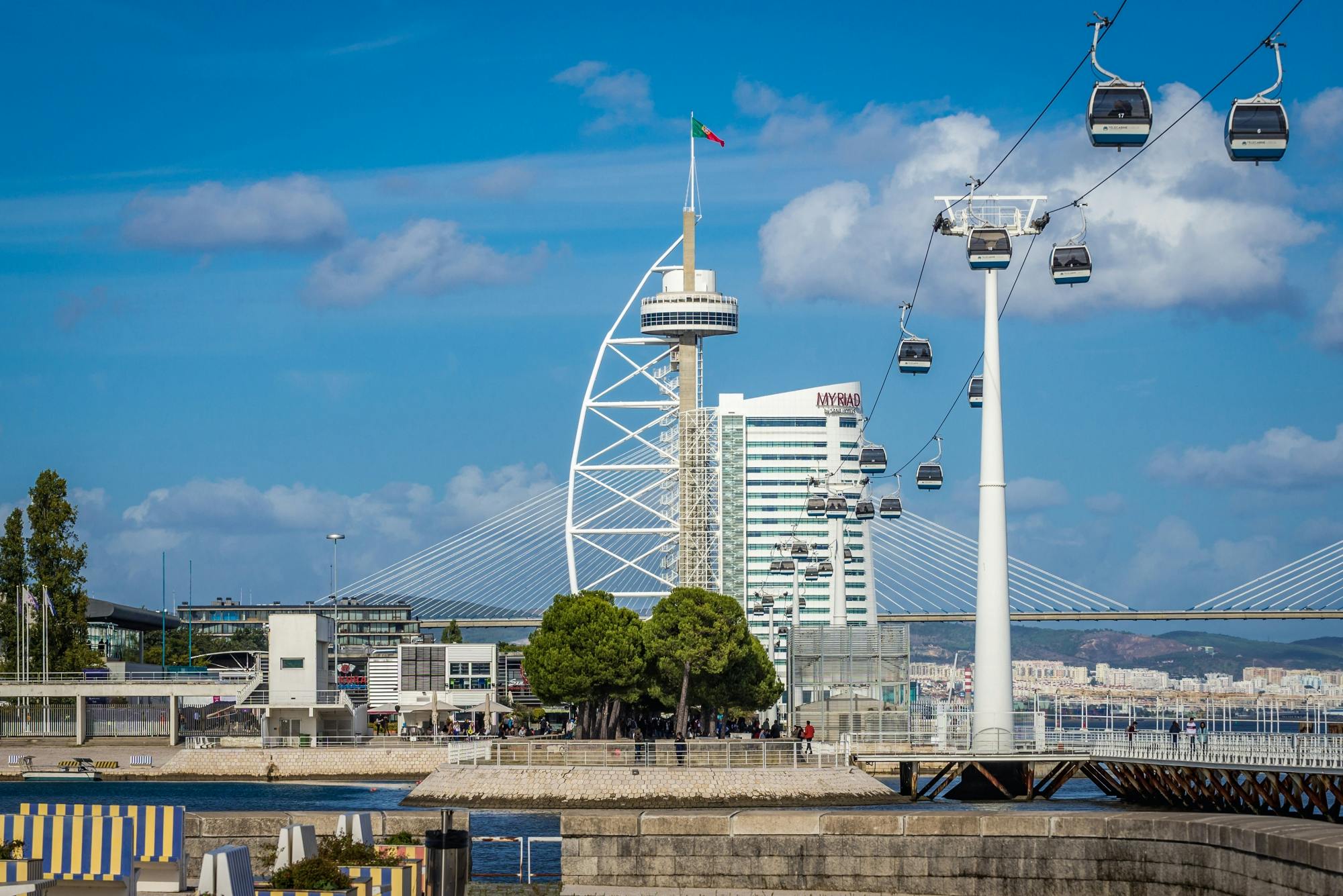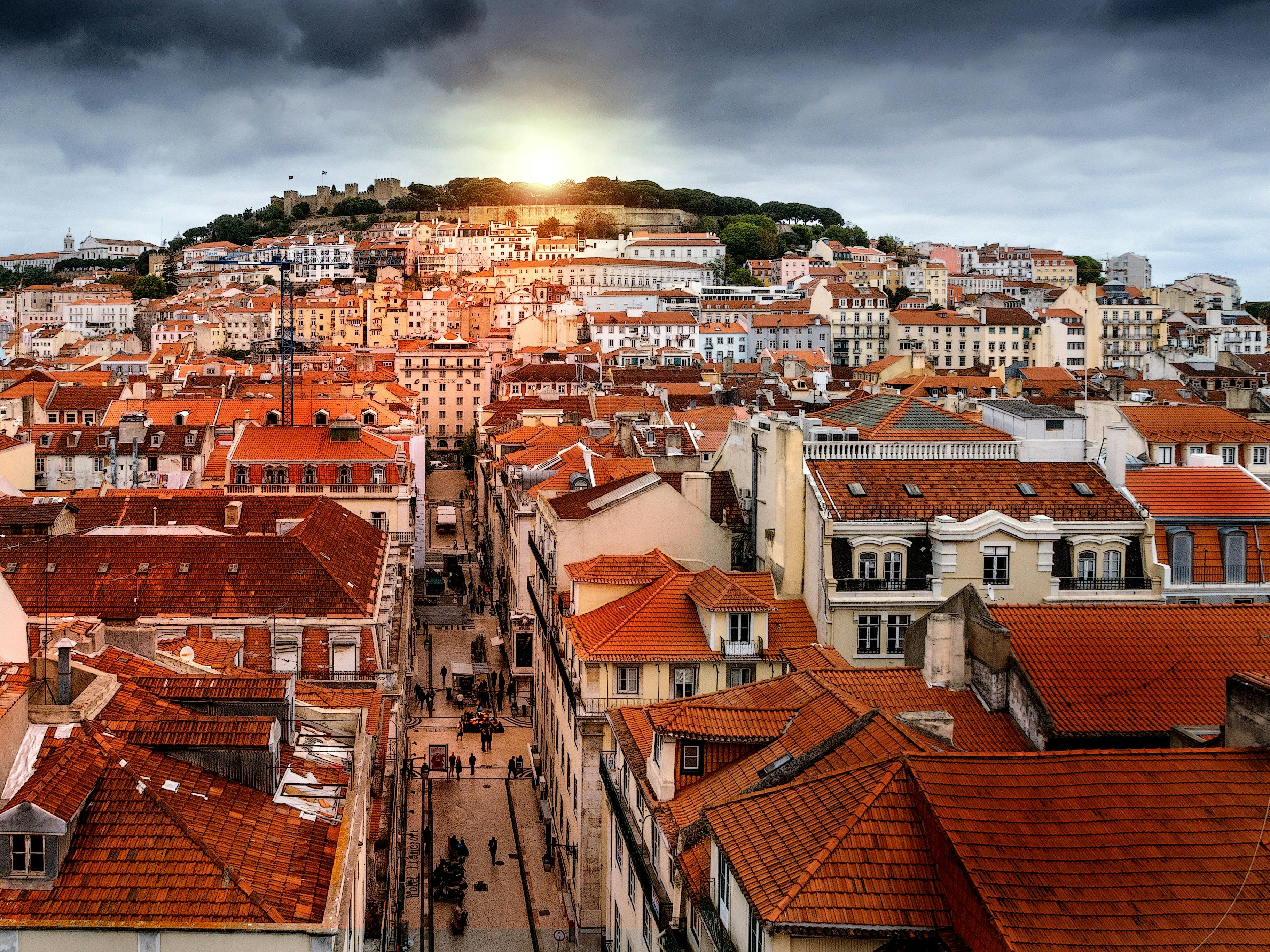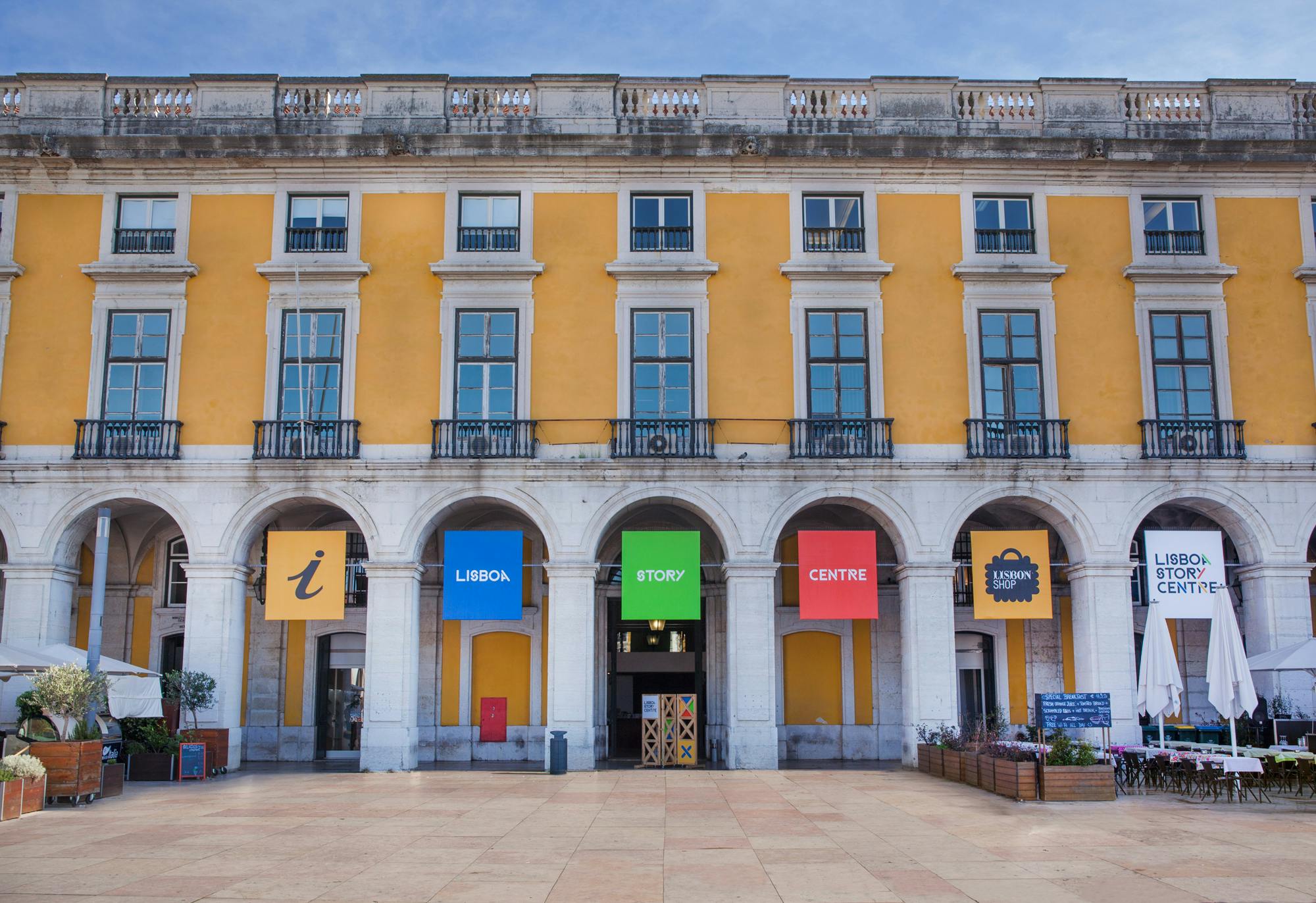The Lisbon Cathedral, also known as Sé de Lisboa or Santa Maria Maior de Lisboa, stands as a testament to the rich history and architectural grandeur of Portugal’s capital city. Located in the heart of Lisbon’s Alfama district, this magnificent cathedral is an iconic landmark that has withstood the test of time, bearing witness to the city’s vibrant past and religious heritage.
Historical Significance:
The Lisbon Cathedral holds significant historical importance, having been built over centuries and surviving numerous earthquakes, fires, and reconstructions. Its origins can be traced back to the 12th century when it was commissioned by Portugal’s first king, Afonso Henriques, after the city’s reconquest from the Moors. It was consecrated in 1147 and has since played a vital role in the religious and cultural life of Lisbon.
Architectural Marvel:
The architectural style of the Lisbon Cathedral is a captivating blend of Romanesque, Gothic, and Baroque influences, reflecting the different periods of its construction and restoration. The exterior facade is predominantly Romanesque, characterized by sturdy fortress-like walls, decorative rose windows, and intricately carved portals. The twin towers, added during the 16th century, provide a dramatic verticality to the structure and offer panoramic views of the city.
Stepping inside the cathedral, visitors are greeted by a breathtaking interior. The central nave features high arches, ribbed vaults, and columns adorned with stunning decorative elements. The Gothic influence is evident in the beautiful stained glass windows that allow sunlight to filter in, casting colorful hues across the space. The side chapels, housing religious artworks and statues, add a sense of serenity and spiritual contemplation.
Highlights:
One of the highlights of the Lisbon Cathedral is the Chapter House, an exquisite space that showcases intricate Manueline-style architecture. This room served as a meeting place for the cathedral’s chapter and features stunning ribbed ceilings, decorative tiles, and ornate wooden furniture.
Another notable feature is the cloister, an oasis of tranquility and a haven of artistic treasures. The cloister, built in the 14th century, is an architectural gem with its elegant arches, delicate stone tracery, and a beautiful central fountain. It is a perfect spot to escape the hustle and bustle of the city and appreciate the architectural splendor.
Pilgrimage Site:
The Lisbon Cathedral is also associated with religious pilgrimage. In the cathedral’s treasury, visitors can view the relics of Saint Vincent, the patron saint of Lisbon, as well as other religious artifacts of historical significance. Many pilgrims visit the cathedral to pay their respects and seek spiritual solace.
Conclusion:
The Lisbon Cathedral stands as a symbol of Lisbon’s rich cultural heritage and religious devotion. With its fascinating blend of architectural styles, historical significance, and spiritual allure, it continues to captivate visitors from around the world. As one of the oldest and most prominent cathedrals in Portugal, it serves as a reminder of the city’s enduring legacy and is a must-visit destination for anyone seeking to explore Lisbon’s past and soak in its architectural splendor.













